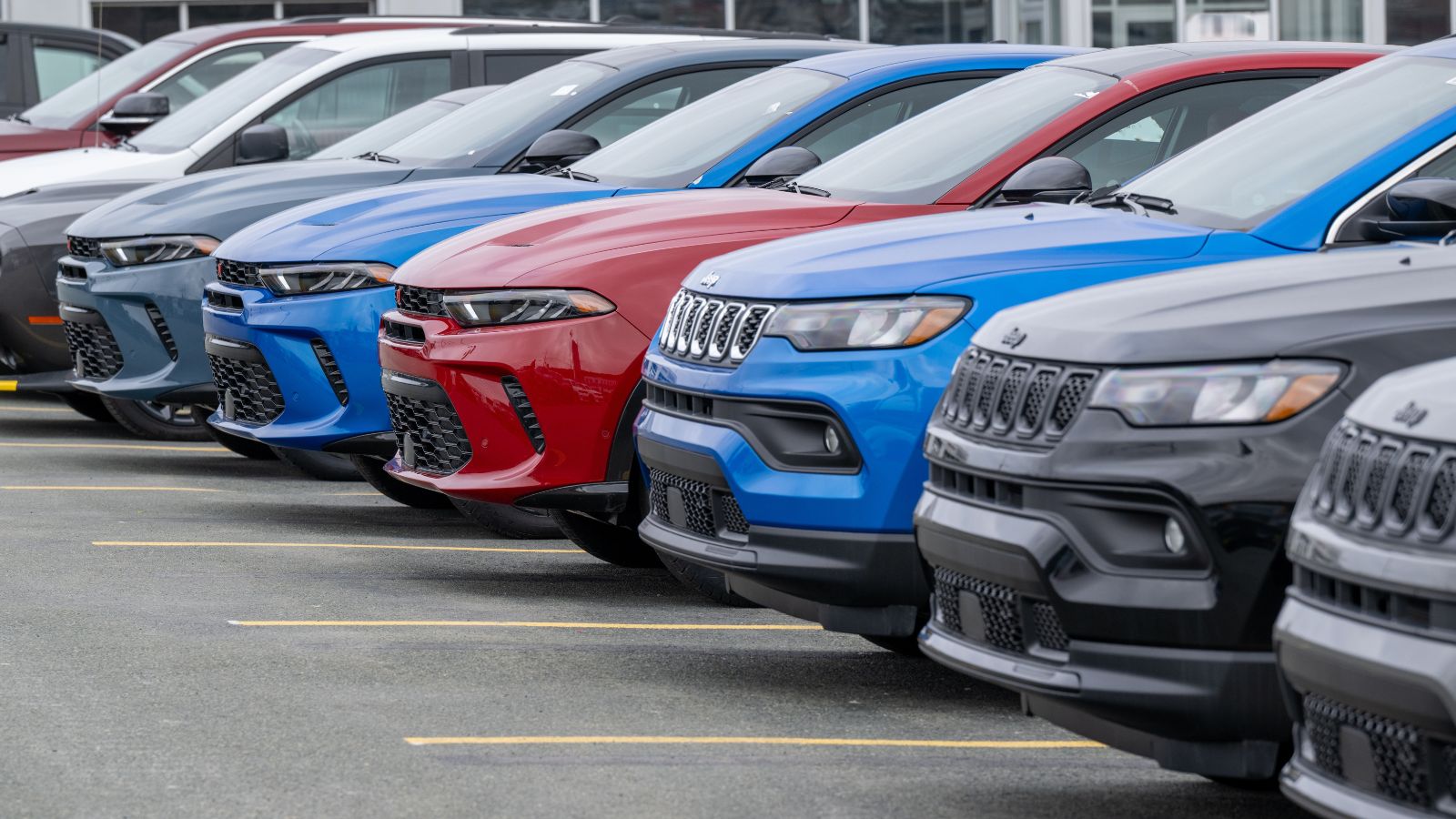Walking into a car dealership can feel intimidating, but with the right approach, you can walk out with a much better deal. Salespeople expect customers to negotiate, so preparation and strategy are key. Whether you are buying new or used, these 10 steps can save you serious money. Here is how to turn the dealership experience in your favor, expanded with examples, common tricks, and the kind of savings you can realistically expect.
Do Your Research First

The most powerful bargaining chip you can bring to a dealership is knowledge. Before setting foot on the lot, look up the fair market value of the car you want on sites like Kelley Blue Book, Edmunds, or Canadian Black Book. For example, if the sticker price on a new Honda Accord is 33,000 dollars but market data shows buyers paying 30,500, you know the dealer has wiggle room. Walking in blind often means paying the full sticker or even getting stuck with overpriced dealer add ons.
Get Pre Approved Financing

Dealership financing can be convenient, but it often comes with inflated interest rates. If you get pre approved at your bank or credit union for 5 percent, you have a benchmark to compare. If the dealer offers you 6.5 percent, you know they are padding the rate. On a 30,000 dollar loan, that difference could cost you an extra 1,500 dollars over five years. Having your own financing forces the dealer to sharpen their pencil to win your business.
Time Your Visit Wisely

Timing can mean the difference between a dealer saying “take it or leave it” and bending over backward for your business. End of the month or end of the quarter visits often pay off because managers are trying to hit sales quotas. For instance, buyers have reported knocking off 1,000 to 2,000 dollars simply by coming in on the last day of the month. Weekdays are also better than weekends since the dealership is quieter and salespeople are hungrier to close deals.
Be Ready to Walk Away

One of the strongest tools you have is the willingness to leave. If a deal does not feel right, stand up and head for the door. Sales managers are trained to chase you with a “last minute” offer. A buyer in Michigan shared how walking out on a 28,000 dollar price for a new SUV got him a call back the next morning with a 2,000 dollar discount. If they do not follow up, another dealership will.
Focus on the Out The Door Price

Dealerships love to talk about monthly payments, stretching loans out to seven or even eight years to make payments look small. But you end up paying far more overall. Always insist on negotiating the out the door price, which includes taxes, documentation fees, and extras. For example, a car with a 400 dollar monthly payment might sound fine, but if it’s based on a bloated loan with unnecessary fees, you are overpaying by thousands. Out the door pricing cuts through the smoke.
Test Drive More Than One Car

Even if you already know the car you want, test driving alternatives gives you leverage. Letting the salesperson know you are also considering a Toyota Camry down the street when you are sitting in a Honda Accord shows them you are not locked in. A buyer in Toronto used this tactic to negotiate free winter tires and a 500 dollar discount simply because the dealer did not want to lose him to the competition. Comparing models also protects you from falling for emotion based impulse buys.
Ask About Incentives and Rebates

Manufacturers run cash rebates, loyalty discounts, and low rate financing programs, but dealerships do not always volunteer this information. For instance, General Motors often offers rebates of 1,500 dollars or more on certain trucks. In Canada, some provinces provide government incentives for hybrids and EVs that can knock 5,000 dollars off the sticker price. Asking directly about these programs can save you thousands, but many buyers leave them on the table simply because they did not ask.
Inspect All Fees Carefully

Dealerships often pad contracts with fees that sound official but are negotiable. These can include documentation fees, advertising fees, paint sealant, or VIN etching. Some are legitimate, but many are pure profit. A buyer in Florida reported cutting 800 dollars in bogus “dealer prep” and “nitrogen tire” fees simply by questioning them. Always go line by line and ask what each charge covers. If they cannot explain it clearly, push back until it is removed.
Bring a Friend

Salespeople often use pressure tactics to get you to sign on the spot. Having a friend or family member with you breaks that pressure. They can catch things you miss, ask extra questions, and provide a sounding board. A couple in Alberta brought a friend who had bought cars before, and he noticed an inflated warranty price buried in the paperwork that saved them 1,200 dollars when they challenged it.
Do Not Be Afraid to Negotiate Extras

If the dealer will not budge on the price, focus on extras. Free oil changes, discounted extended warranties, floor mats, or winter tire packages are often easier for them to throw in than cutting the sticker price. A buyer in Ohio who could not get a lower price on a truck ended up getting a 1,500 dollar tonneau cover and free maintenance for two years instead. These extras add real value without costing the dealership much.
25 Facts About Car Loans That Most Drivers Don’t Realize

Car loans are one of the most common ways people fund car purchases. Like any other kind of loan, car loans can have certain features that can be regarded as an advantage or a disadvantage to the borrower. Understanding all essential facts about car loans and how they work to ensure that you get the best deal for your financial situation is essential. Here are 25 shocking facts about car loans that most drivers don’t realize:
25 Facts About Car Loans That Most Drivers Don’t Realize
